Concept
The Health and Sports Science and the ICT and Robotics units, which are units under Waseda University’s Top Global University Project: Waseda Ocean, have collaborated to hold the International Symposium on 2019 Innovation through Synergy of Robotics and Sports, a joint international symposium.
The symposium will transcend the barriers between fields of research with interdisciplinary discussions of the research into “sports” and “robotics” which has been conducted in each specialized field under the conventional academic disciplines. Through this approach, we hope that the symposium can make many contributions by developing research with an eye on even more new visions in the future.
How will the use of robotic technologies in sports change? (Health and sports science unit)
How far can humanoid robots be developed based on an understanding of the human body obtained through sports science? (ICT and robotics unit)
There will be presentations and panel discussions based on these two concepts from the perspectives of each unit. We hope that you will enjoy the contrast of the two units and be struck by the interconnectedness of their respective research.
Enhancing human capabilities and understanding the human body are respectively engineering and scientific approaches. However, beginning with this symposium, we will aim to develop new research and contribute to society by integrating the two fields of research.
Program
Dec.7, 2019
| 9:00 |
Registration Start |
| 9:30 – 9:40 |
Welcome Address Hironori KASAHARA (Senior Executive Vice President,Waseda University) |
| 9:40 – 9:45 |
Opening Address Toshimasa Yanai(Professor, Waseda University) |
| 9:45 – 10:30 |
Speaker 1: Masahiko Inami(Professor, the University of Tokyo) |
| 10:30 – 11:15 |
Speaker 2: Shinichi Furuya (Sony Computer Science Laboratories) |
| 11:15 – 11:25 |
Coffee Break |
| 11:25 – 12:10 |
Speaker 3: Rieko Osu (Professor, Waseda University) |
| 12:10 – 12:55 |
Speaker 4: Hiroyasu Iwata(Professor,Waseda University) |
| 12:55 – 13:55 |
Lunch |
| 13:55 – 14:40 |
Speaker 5: Keita Watanabe(Toin University of Yokohama) |
| 14:40 – 15:25 |
Speaker 6: Nick Whiting (Epic Game) |
| 15:25 – 15:35 |
Coffee Break |
| 15:35 – 16:10 |
Speaker 7: Naomi Okamura (Mizuno Corporation) |
| 16:10 – 16:45 |
Speaker 8: Takashi Kawai(Joined Delta Co.) |
| 16:45-16:55 |
Coffee Break |
| 16:55 – 17:25 |
Panel discussion |
| 17:25-17:30 |
Closing Address Shigeki Sugano(Professor,Waseda University) |
| 17:30 |
End |
| 18:00 |
Banquet Welcome Address |
| 19:25 |
Closing Address |
| 19:30 |
End |
Invited Speakers
Masahiko Inami
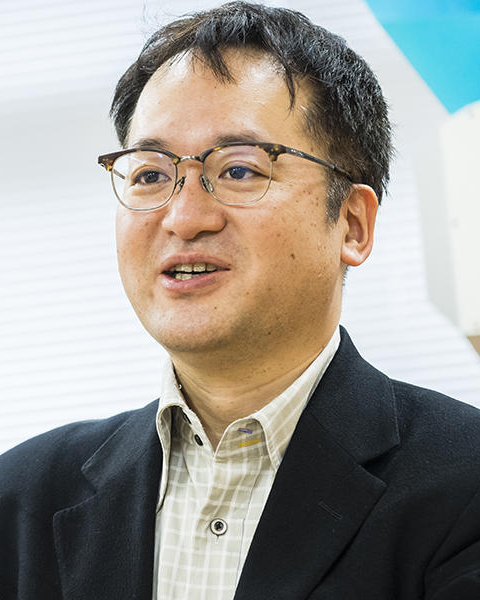
Masahiko Inami, Ph.D.
Professor, Information Somatics Laboratory
Research Center for Advanced Science and Technology, the University of Tokyo
Research Director, JST ERATO Inami JIZAI Body Project.
Digital Cyborg
Social revolutions have accompanied innovation in views of the body. If we regard the information revolution as the establishment of a virtual society in contrast to the real society, it is necessary to design a new view of the body as a “Digital Cyborg,” which can adapt freely to the changes in social structure.
In this talk, we discuss how we understand basic knowledge about body editing for construction of the JIZAI body (Digital Cyborg) based on VR, AR and Robotics. Superhuman Sports: Applying Human Augmentation to Physical Exercise.
This talk will also present Superhuman Sports, a form of “Human-Computer Integration” to overcome the somatic and spatial limitations of humanity by merging technology with the body. In Tokyo, the official home of the 2020 Olympics and Paralympics, we hope to create a future of sports where everyone, strong or weak, young or old, non-disabled or disabled, can play and enjoy playing without being disadvantaged.
Biography
Dr. Masahiko Inami took up his current position as professor at the University of Tokyo after working at the University of Electro-Communications and Keio University. His interests include “JIZAI body editing technology,” the Augmented Human, and entertainment engineering. He has received several awards, including TIME Magazine’s “Coolest Invention of the Year” award and the Young Scientist Award from the Ministry of Education, Culture, Sports, Science, and Technology (MEXT). He is also the co-representative of the Superhuman Sports Society and a director of the VR Consortium. His latest book is called Birth of the Superhuman! Human Beings Beyond Science Fiction (NHK Publishing, Inc).
Shinichi Furuya
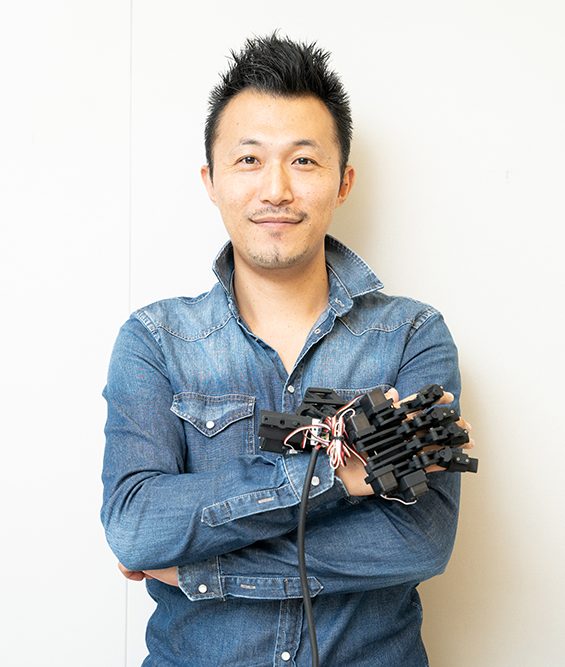
Researcher and Project manager at Sony Computer Science Laboratories
Musical Dynaformics
Over the centuries, the virtuosity of musicians has fascinated audiences worldwide. Because musical performance involves both coordinated and independent movements of a large number of joints, it has not been elucidated firstly what biomechanical principles govern such virtuosic motor skills, and secondly what neuroplastic mechanisms underlie acquisition, sophistication, loss, and restoration of the virtuosity. To resolve these issues, I have been not only utilizing the concepts and technologies of robotics but also combining them with neurophysiological knowledge and techniques called “musical dynaformics.” The present talk introduces four research areas probing musical expertise by means of robotics. First, inverse and forward dynamics of a rigid body model allows the uncovering of neuromuscular skills optimizing energetic efficiency of movements by skilled pianists. Second, the combined use of haptic devices with electroenpharogram and transcranial magnetic stimulation identified the somatosensory-motor integration mechanisms subserving the production of the fast and precise movements of skilled pianists. Third, a miniature haptic device that can be attached to a musical instrument demonstrated impairments of the somatosensory-motor integration mechanism (i.e. internal model) in pianists suffering from focal dystonia. Fourth, specialized ways of utilizing robotics such as a haptic device and hand exo-skeleton based on neuroscientific theories enable enhancement of both somatosensory perception and motor dexterity of skilled pianists. Through the talk, I would like to propose a novel viewpoint of robotics as a unique means of probing and boosting sensorimotor virtuosity.
Biography
Shinichi Furuya is a researcher and project manager at Sony Computer Science Laboratories, and research associate professor of the Musical Skill and Injury Center (MuSIC) at Sophia University. He also holds a position as a guest professor at the Institute for Music Physiology and Musician’s Medicine at Hanover University of Music, Drama and Media in Germany. After studying mechanical engineering (BSc), biomechanics and exercise physiology (MS), and medical science (PhD) at Osaka University in Japan, he worked at University of Minnesota (USA), Hanover University of Music, Drama and Media (Germany), and Sophia University (Japan). He received a Postdoctoral Fellowship at Alexander von Humboldt Foundation (AvH) and the Heisenberg Fellowship at Germany Research Foundation (DFG) in Germany. His research goal is to enhance musical expertise and prevent musician’s injuries. To this end, he studies the neuromuscular mechanisms subserving acquisition, sophistication, loss, and restoration of sensorimotor skills in musical performance. www.neuropiano.net
Rieko Osu
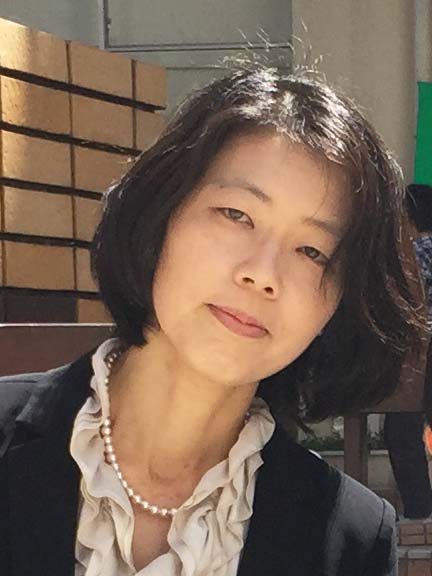
Professor, Faculty of Human Sciences, Waseda University, Tokyo
Smooth, flexible and dexterous human movements
Smooth, flexible and dexterous human movements
Humans are capable of making quick and accurate movements with smoothness and flexibility. Even now, robots are not so good at doing this. Such human movements are achieved by the spring-like properties of the musculoskeletal system and neural mechanisms. I will introduce our research which attempts to elucidate how our brains learn and control dexterous movements.
Biography
1996 Ph. D. in Psychology, Kyoto University, Kyoto
1996 Researcher, Exploratory Research Advanced Technology Organization, Kyoto
2003 Senior Researcher, ATR Computational Neuroscience Laboratories, Kyoto
2009 Department Head, Department of Motor Control and Rehabilitation, ATR Computational Neuroscience Laboratories, Kyoto
2015 Director, Consumer Neuroscience, The Nielsen Company Japan, Tokyo
2017 Professor, Faculty of Human Sciences, Waseda University, Tokyo
Hiroyasu Iwata
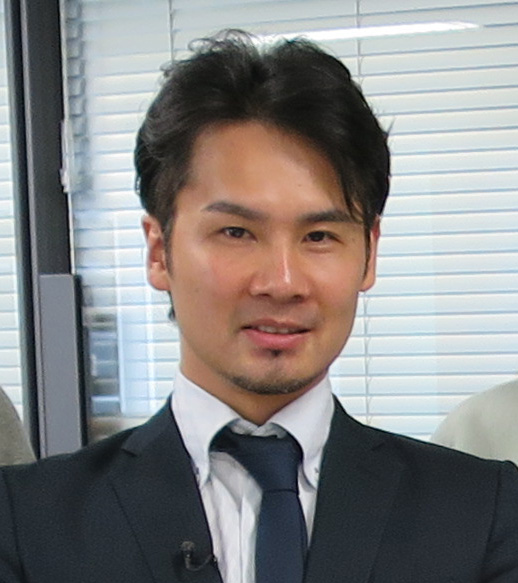
Professor, School of Creative Science and Engineering, Waseda University
To be announced
To be announced
Biography
To be announced
Keita Watanabe
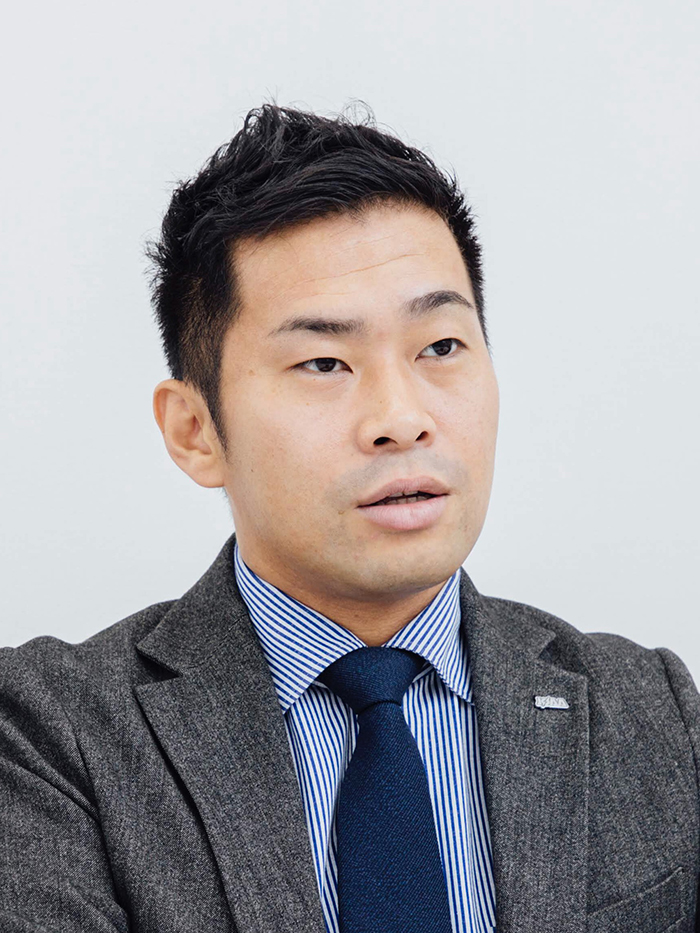
Director, Sports Analytics Lab, Toin University of Yokohama
An Athlete Support Approach Utilizing ICT and Data
Top level athletes are supported by highly expert staff, and the rapid advances in ICT over recent years have also had a major impact in the world of sport. Diverse initiatives have been implemented in many sports to look at how information can be utilized to win. This session will provide information on why sports analysts are now in demand in the world of sport, an example of a sports information strategy utilizing IT, and the prospects for the future.
Biography
Keita Watanabe started as a sports analyst through independent study while at university with the aspiration of using IT for sport. While still at university, he was selected as the analyst for Japan’s national women’s volleyball team and has been responsible for information strategy for over 10 years supporting the athletes as a Japanese team official at three Olympic Games in Beijing in 2008, London in 2012, and Rio de Janeiro in 2016.
In 2010, he devised and introduced the world’s first-ever information analysis system utilizing an iPad, which contributed to the team winning a medal at a world championship for the first time in 32 years and a bronze medal for the first time in 28 years at the 2012 London Olympics. Besides continuing to support the Japanese national team as team director, he established the Japan Sports Analyst Association in 2014 with the aim of strengthening collaboration of sports analysts across sports and enhancing their value and acts as the representative director of the association. He has also continued to focus on training, including studying overseas sports analyst training systems, developing the first university sports analyst training program, and holding training camps for sports analysts.
His main publications include Naze Zennihon Joshi Bare wa Sekai to Gokaku ni Tatakaerunoka (Why is Japan’s Women’s Volleyball Team a Match for the World?) (Toho Publishing, 2012) and Hito wa Deeta dewa Ugokanai—Kokoro wo Ugokasu Purezen Ryoku (Data is Uninspiring—Presentation Skills that Inspire) (Shinchosha, 2014).
Representative Director, Japan Sports Analyst Association; Director, Sports Analytics Lab, Toin University of Yokohama; Performance Strategy Lead and Tokyo Olympics Strategy Project Leader, Japan Volleyball Association; Team Director, Japan National Women’s Volleyball Team; Director, Athlete Commission. Member; Intelligence and Scientific Support Department, Intelligence, Medicine and Science Commission, Sports Committee, Japanese Olympic Committee JOC; Member, Sports Advisory Committee, Sports Expo.
Nick Whiting

Technical Director at Epic Games
Abstract
The use of virtual and augmented reality (XR) technology in both gaming and professional applications like sports, training, and design presents significant challenges at the intersection of engineering and creative endeavors. Both human and hardware limitations must be overcome through design and iteration in order to effectively develop XR applications. We present a series of learnings gained through observation, iteration, and empirical evidence, and develop a set of rules for creating deeply interactive applications in these mediums. These components of a larger developing grammar are borrowed from the respective grammars of previous media, such as games and film, but are evolved to leverage the strengths unique to XR. Through using case studies from consumer products like Robo Recall and Bullet Train, as well as examples from other media, we will show how we start with a theory of interaction, and refine it through a combination of observation and iteration towards something that is accessible and enjoyable by users. By adapting to the players’ experiences, we can also improve their performance at the task, which suggests that these same techniques can be leveraged for training in sports or other skill-based endeavors. Finally, we will highlight how technological tools can help democratize this iterative process, to allow cross-discipline team members to collaborate more quickly and effectively to achieve high-quality results.
Biography
Nick Whiting is currently a Technical Director at Epic Games, overseeing the development of virtual and augmented reality technology, audio engineering, and scripting research for the award-winning Unreal Engine 4. His game credits include titles in the blockbuster “Gears of War” series, as well as leading the engineering efforts for the critically acclaimed VR experiences “Robo Recall,” “Bullet Train,” and “Showdown.” Nick also recently served as the chair of the Khronos Group’s OpenXR initiative, working to create an open standard for VR and AR platforms and applications.
Before his work on VR and AR technologies, he was the lead engineer on Unreal Engine 4’s Blueprints visual scripting system, a powerful yet approachable tool empowering developers of all disciplines to bring ideas to life.
Previously to working at Epic, Nick worked on the “America’s Army” series of games for the U.S. Army, which served not only as a free first-person shooter game for the public, but also the technological basis for many internal army training initiatives.
Nick received degrees in Electrical and Computer Engineering and Japanese Linguistics, as well as a certificate in Biomedical Engineering from the University of Colorado at Boulder, with coursework towards those degrees from the University of Tsukuba in Japan.
Naomi Okamura
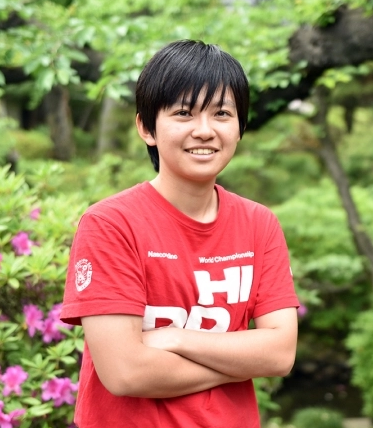
Human Augmentation Research & Development Section,
Research & Development Department, Mizuno Corporation
POWERED LIFE: How to Create Active and Joyful Life Supported by Sports Related Technologies
Sports-related products can maximize our physical performance not only in sports but also in daily life. The project called “POWERED LIFE” is developing innovative technologies, products, and services which provide active and joyful lives for diverse people with adaptation of their physical abilities. As a Japanese all-around manufacturer for sports, we introduce applications of sports-related technologies and their social implementation focusing on hot topics such as the Golden Sports Years, active aging, human augmentation, and co-creation.
Biography
Dr. Naomi Okamura is a graduate of the Department of Modern Mechanical Engineering and the Graduate Program for Embodiment Informatics at Waseda University with a D.Eng. Naomi started working for Mizuno Corporation in 2019 and became a member of the “POWERED LIFE project,” which aims to create products and services using Human Augmentation technology.
Naomi is also playing active roles as a director of the Japan Kakurenbo Association, a researcher of the Onigokko Research Institute, a national team player of Sports Onigokko and Nascondino (Hide & Seek), a Super Human Sports Creator, and an Undokai Developlayer.
Takashi Kawai
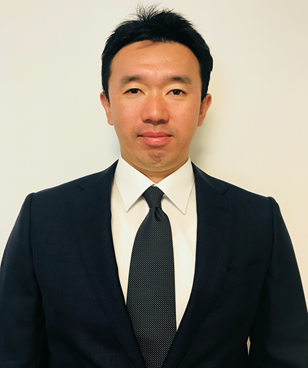
Using VR-based Systems in a Professional Baseball Team—Challenges and Perspectives
In baseball batting, batsmen predict the entire ball trajectory by observing the ball release at a glance and swing the bat toward the predicted impact point. Accurate visual perception of space and precise prediction of ball trajectory are essential for success in baseball batting. Recently, the VR technology is applied to assist batsmen to develop these skills and batting training systems have been developed. In this session, a baseball expert will talk about the usage of a VR-based system in a professional baseball team, the pros and cons of the current systems, and direction for future improvement.
Biography
Entered Josai University from OSAKA TOIN Junior and Senior High School
1998: Joined Chiba Lotte Marines in 3rd round draft
2006: Transferred to Tohoku Rakuten Golden Eagles
2016: Retired and became batting practice pitcher
2017: Served concurrently at Rakuten Eagles’ Strategy Office and R&D Group
2018: Left Rakuten Eagles
2018: Joined Delta Co., Ltd.
Organizers
Toshimasa Yanai
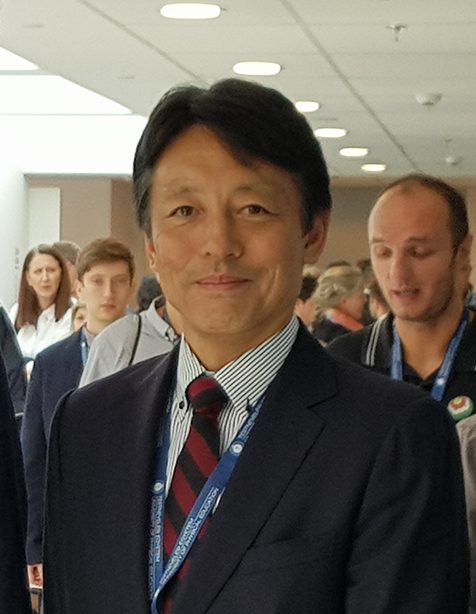
Leader of the Health and Sports Science Unit
Greeting
The Health and Sports Science Unit, which is a Top Global University Project education and research unit, aims to function as an international hub for education and research in health and sports science that draws outstanding human resources from around the world. In order to build a leading global university and an education system with an international interface that facilitates the free exchange of education and research, we have initiated new programs, including a system for acquiring a degree in English, a system for acquiring a degree through a double/joint degree program, short-term invitations for non-Japanese teaching staff through joint appointments, and overseas training for postgraduate students. We have also strengthened our international collaborations with top universities overseas in the sports science area and have been actively encouraging the hosting of outstanding foreign students and overseas study for the students of Waseda University. Moreover, in order to employ top teaching staff and researchers from around the world, we have created mechanisms for widely recruiting teaching staff who meet global standards from all over the world. Through these initiatives, we will create a place where outstanding researchers and teaching staff from all over the world in health and sports science can come and go freely in order to connect the world as one.
Biography
Educational background
1987 Bachelor’s degree in Physical Education, Chukyo University
1991 Master’s science in Athletic Training, Indiana University
1996 Doctor of philosophy in Exercise Science, University of Iowa
Employment history
1991–1996 Teaching Assistant, University of Iowa
1996 Lecturer, University of Towa
1997–2004 Lecturer (equivalent to Assist. Prof. in North America), University of Otago
2004–2008 Professor, Chukyo University
2008–present Professor, Waseda University
Shigeki Sugano
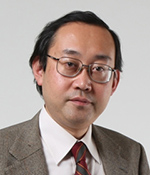
Leader of the ICT and Robotics Unit
Greeting
The most up-to-date automobiles, aircraft, precision machinery, robots, and consumer appliances are systems in which mechanical engineering, computer science, and communications technology are integrated. People are connecting to these systems, giving rise to the new intelligent society. It can be said that IoT, the latest trend, is also part of this dynamic. In such an age, university engineering departments are required to foster human resources with the ability to innovate in the process of creating this society. To this end, the development of international and interdisciplinary education must be emphasized as well as promoting a spirit of challenge for opening up new areas of research.
At our unit, we not only promote joint research with foreign teaching staff and study abroad at leading research organizations, but we have also created multiple research supervision systems that include well-known overseas advisors. We will remain at the forefront with collaboration as our keyword, aiming to increase student motivation, arm them with foresight, and strengthen their research abilities.
Biography
Shigeki Sugano received B.S., M.S., and Dr. of Engineering degrees in Mechanical Engineering in 1981, 1983, and 1989 from Waseda University. Since 1990, he has been a faculty member in the Department of Mechanical Engineering at Waseda, where he is currently a professor. Since 2014, he has served as the Dean of the School/Graduate School of Creative Science and Engineering, Waseda University. His research interests include human-symbiotic anthropomorphic robot design, dexterous and safe manipulator design, and human-robot communication. He has received many awards, and he is a fellow of the IEEE, SICE, JSME, and RSJ. He served as the Editor in Chief of the International Journal of Advanced Robotics from 2007 to 2012. He also served as the General Chair of the IROS 2013 and as the President of the SICE in 2017. He received the Commendation for Science and Technology from the Minister of Education, Culture, Sports, Science and Technology in 2017.
(日本語) 森島 繁生 (午前の部 司会 / Morning Session Chair)
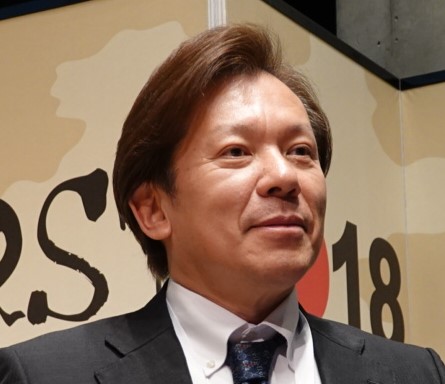 早稲田大学先進理工学部応用物理学科教授
早稲田大学先進理工学部応用物理学科教授
Biography
1987年東大・工・大学院電子工学専門課程博士修了, 工博. 同年成蹊大学工・電気工学科専任講師, 1988年同助教授, 2001年同電気電子工学科教授, 2004年早稲田大学先進理工学部応用物理学科教授, 現在に至る.
1994年から1995年 トロント大学コンピュータサイエンス学部客員教授, 1999年から2014年明治大学非常勤講師, 1999年より2010年国際電気通信基礎技術研究所客員研究員. 2010年より2014年NICT招聘研究員, 現在, 新潟大学非常勤講師を併任.早稲田大学理工学研究所において安全、安心な社会を実現し豊かな文化を創造するコンテンツ・映像処理技術研究プロジェクトを推進.
コンピュータグラフィックス, コンピュータビジョン, 音声情報処理, ヒューマンコンピュータインタラクション, 感性情報処理の研究に従事. 1991年電子情報通信学会業績賞受賞, 2010年電気通信普及財団テレコムシステム技術賞受賞. 2019年情報処理学会インタラクション論文賞受賞.
画像電子学会ビジュアルコンピューティング研究会委員長, 画像電子学会フェロー, 日本顔学会理事. ACM VRST 2018 General Chair., 2019 PC Chair, SIGGRAPH ASIA 2015 Workshop/Co-located Event Chair, 2018 VR/AR Adviser.
Sponsors
Venue
Green Computing Systems Research Organization
Waseda University
27 Wasedamachi, Shinjuku-ku, Tokyo, 169-8050
TEL:03-3203-4369












 早稲田大学先進理工学部応用物理学科教授
早稲田大学先進理工学部応用物理学科教授